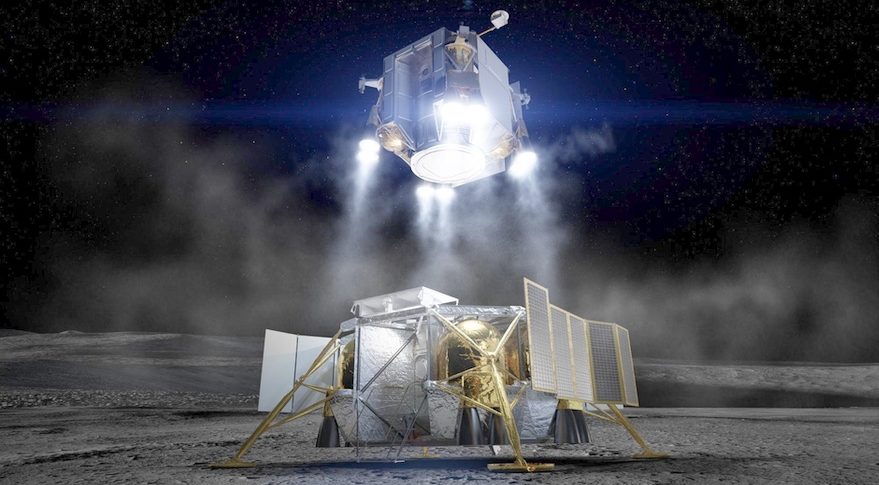Recently, the US vice president directed NASA to land astronauts on the moon within the next 5 years [source].
While there are big rockets (SLS, Falcon Heavy, etc.), and crew capsules (Orion, Crew Dragon) in the works, I have not heard of any current work on a lunar lander.
Is someone working on a lunar lander, and there has been much less media hype around these efforts? Or, is the 5 year time frame simply wishful thinking? Since 5 years doesn't seem to be a sufficient time frame to develop and human-rate a lunar lander.
The timeframe for the Apollo Lunar Module was:
- July 1962: invitation to companies to submit proposals
- July 1969: first flight to the moon
which gives us a 7 year development time horizon. In modern days, I suspect development of space hardware to take longer than in the Apollo era, due to more rigorous testing.
So, for the 5 year goal to be realistic, there should already be development of some sort of crewed lander currently ongoing.


